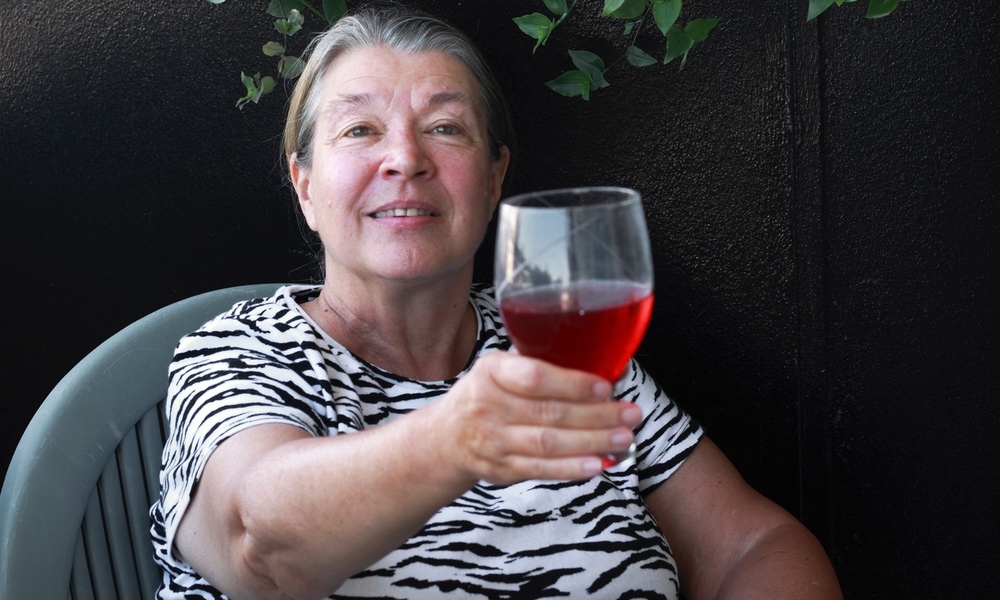Leaving the serving dishes in the kitchen, instead of bringing them to the table, can be a simple and effective way to eat less. In a study done at Cornell University, people averaged 20% fewer calories, and men ate 29% fewer calories when serving dishes were kept off the table.
On average, the 78 study participants ate about half a serving less when refilling their plate meant having to get up to do so.
When the salad bar in an upstate New York middle school cafeteria was moved a distance of four feet, students ate more salad.
The idea is to change eating from a simple reflex to an action that requires conscious thought. In a previous study done by this lab, office workers ate about half as much candy when candy dishes were moved six feet off of their desks. The workers said that this was because the distance led them to pause and reflect about how hungry they really were. When the candy was right in front of them, all they had to do was reach out for it.
Brian Wansink, who headed the study, is director of Cornell's Food and Brand Lab. The lab has undertaken a number of studies to help document the hidden cues that affect how much people eat. Dining environment, portion and plate size all affect how much people eat. Leaving the bulk of the food away from where you're eating happens to be one of the more generally effective methods to cut down on meal size. Not only does it make people have to think about whether they really want to refill their plates and requires that they get up to do so, it also takes advantage of the fact that what's out of sight is often out of mind.
There are countless times a day that people who eat more than is good for them can take advantage of this principle. Taking a route home that doesn't pass by the pizza parlor could work for some. Not having the snack or candy dish always filled and in plain sight at home could work for others.
What you see doesn't only affect how much you eat, it also affects the types of food that you eat.
Many attempts to make school lunch programs healthier have involved eliminating or taxing less healthy food offerings. A second Cornell study has shown that there may be a much simpler way to achieve this goal: just move the salad bar.
A second Cornell study has shown that there may be a much simpler way to [help kids eat better] just move the salad bar... Both studies point out that there are countless opportunities every day to influence how much and what type of food we eat by making small, subtle changes in our environment.
In a year-long study, when the salad bar in an upstate New York middle school cafeteria was moved a distance of four feet, students ate more salad. Sales of certain salad bar items increased by 250-300%. And by the end of the year, 6% more students were eating school lunches. All it took was moving the salad bar from its previous position against a wall to a more prominent, nearby position in front of the cash registers.
Adults could take home a lesson or two from the salad bar study. The idea is that the more often you see fruits and vegetables, the more likely you are to eat them. For some, keeping oranges or carrot sticks in plain view at home could offer an alternative to a piece of cake hidden away in the refrigerator or a bag of chips hidden in a cabinet. For others, making the fruit and vegetable aisle the first stop on grocery trips might do the trick. What works best will vary from person to person.
Both studies point out that there are countless opportunities every day to influence how much and what type of food we eat by making small, subtle changes in our environment.
The studies on keeping serving dishes off the table and on the positioning of school salad bars were both presented at the 2010 Experimental Biology Conference, which was held from April 24-28 in Anaheim, CA.




